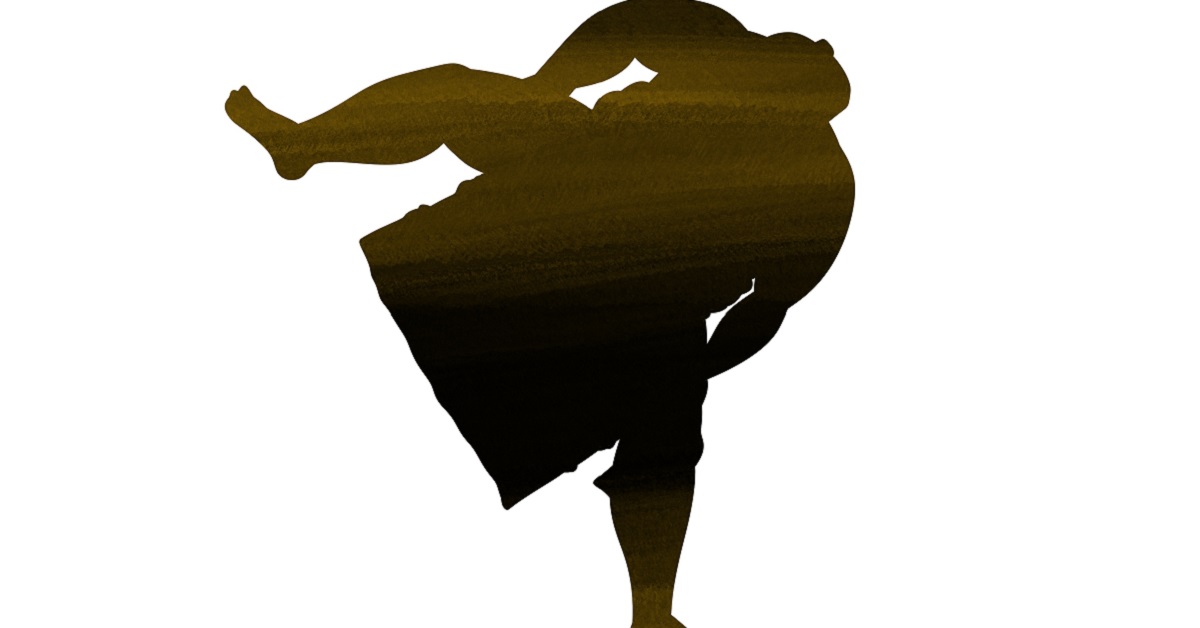In the world of sumo, the word “oyakata” refers to a special position that only former wrestlers can hold. An oyakata is not just a title, but a role that combines leadership, education, and management. They train young wrestlers, run stables, and help preserve the traditions of sumo. For newcomers and international fans, understanding the role of an oyakata is essential to fully appreciate Japan’s national sport.
What is an Oyakata?
An oyakata means a toshiyori, a title within the Japan Sumo Association. A toshiyori is given only to former wrestlers who retire after achieving a certain level of success in the top divisions, such as serving as an ozeki or yokozuna, or holding a high-ranking position like san’yaku.
Those who hold this position do not simply carry a title; they also run sumo stables, train young apprentices, and bear responsibility for the management of wrestlers’ daily lives. In addition, oyakata belong to various committees, serving as referees during tournaments or participating in the administration of the association.
Thus, oyakata are heirs of sumo traditions, educators for the next generation, and managers who ensure the continuity of the sport.
Conditions for Becoming an Oyakata
Becoming an oyakata requires not only athletic achievement but also meeting strict conditions set by the Japan Sumo Association. One of the most important is holding a toshiyori kabu (stock certificate), a limited title controlled by the Association. Because the number of kabu is fixed, competition for them is intense, and it is often difficult to obtain one.
| Requirement | Details |
|---|---|
| Career | Must be a former sumo wrestler |
| Achievements | Must meet standards such as years in the makuuchi division, experience in san’yaku, or having reached ozeki or yokozuna |
| Toshiyori kabu | Ownership of an Association-issued stock certificate is mandatory |
| Nationality | Must hold Japanese citizenship |
| Activities | Must join the Japan Sumo Association and be engaged in training and stable management |
These conditions mean that not everyone can become an oyakata. Only selected individuals are able to guide the future of sumo.
The Main Roles of an Oyakata
The roles of an oyakata are extremely diverse, and they bear responsibilities directly tied to the survival of sumo.
- Training apprentices: Bringing in young wrestlers and strengthening them physically, technically, and mentally
- Stable management: Overseeing meals, discipline, finances, and the entire operation of the stable
- Association duties: Serving as referees, board members, or committee members
- Public relations: Engaging with the media and promoting sumo as part of Japanese culture
| Field | Role |
|---|---|
| Training | Coaching technique and etiquette |
| Management | Running the sumo stable as a business and home |
| Refereeing | Judging matches during official tournaments |
| Association work | Participating in decision-making and organizational duties |
| Community | Promoting sumo, teaching in schools, participating in local events |
Oyakata are the keystone of the sumo world’s future, ensuring that both tradition and growth are preserved.
Sumo Stables and Their Relationship with Oyakata
Most oyakata run their own sumo stables. These stables serve as both training facilities and living quarters for apprentices. Wrestlers live communally, training, eating, and learning together under the supervision of their oyakata.
| Aspect | Description |
|---|---|
| Base | Stables owned or managed by the oyakata |
| Life | Shared lifestyle including meals, chores, and training |
| Philosophy | Training style and discipline differ depending on the oyakata |
| Results | Reflected in wrestlers’ records and the overall atmosphere of the stable |
The style of a stable deeply influences its wrestlers, from their fighting techniques to their personalities. For fans, knowing which stable a wrestler belongs to adds another layer of depth to appreciating sumo.
Foreign Wrestlers and Becoming Oyakata
Foreign-born wrestlers are now common in sumo. However, to become an oyakata, Japanese nationality is required. Some wrestlers have acquired Japanese citizenship after retirement and successfully become oyakata.
| Requirement | Explanation |
|---|---|
| Nationality | Must obtain Japanese citizenship |
| Achievements | Must be recognized for contributions and success as a wrestler |
| Toshiyori kabu | Must obtain the same limited stock certificates as Japanese wrestlers |
| Membership | Must be part of the Japan Sumo Association |
This system exists to preserve the traditional and cultural foundations of sumo. While it sometimes sparks debate, it reflects the role of sumo not just as a sport but as a cultural institution.
History and Notable Oyakata
The oyakata system dates back to the Edo period, when retired wrestlers took apprentices under their guidance. Over time, as the Japan Sumo Association became more organized, the system became formalized, with toshiyori kabu being limited in number.
Some of the most famous oyakata were former yokozuna like Wakanohana and Chiyonofuji, who not only had illustrious careers on the dohyo but also produced strong wrestlers as mentors.
| Era | Characteristic of Oyakata |
|---|---|
| Edo period | Acted as guardians for wrestlers |
| Meiji | Formalization of stables under the Association |
| Showa | Many former yokozuna became oyakata |
| Heisei–Present | Emergence of foreign-born oyakata after naturalization |
Conclusion
An oyakata is a special position for retired wrestlers that carries great responsibility: training wrestlers, managing stables, and contributing to the administration of the Japan Sumo Association. Because strict conditions apply, such as holding Japanese nationality and acquiring a toshiyori kabu, only a select few can reach this status.
Behind every wrestler competing in the ring, there is an oyakata guiding, supporting, and shaping their path. To fully enjoy sumo, it is valuable to look not only at the wrestlers but also at the oyakata who nurture and sustain them. The presence of oyakata is essential for the continuation and future of sumo as Japan’s national sport.





コメント